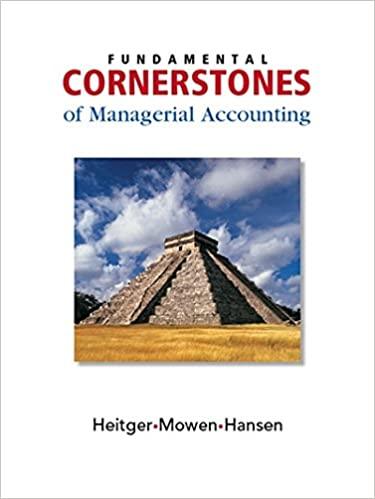Answered step by step
Verified Expert Solution
Question
1 Approved Answer
If you could check if this is correct I would greatly appreciate it if not the one below is what I need help with. ----------------------------------------------------------------------------------------------------------------
 If you could check if this is correct I would greatly appreciate it if not the one below is what I need help with.
If you could check if this is correct I would greatly appreciate it if not the one below is what I need help with.
----------------------------------------------------------------------------------------------------------------
I am completely confused on this one.

Menu for #1 - 
Step by Step Solution
There are 3 Steps involved in it
Step: 1

Get Instant Access to Expert-Tailored Solutions
See step-by-step solutions with expert insights and AI powered tools for academic success
Step: 2

Step: 3

Ace Your Homework with AI
Get the answers you need in no time with our AI-driven, step-by-step assistance
Get Started


